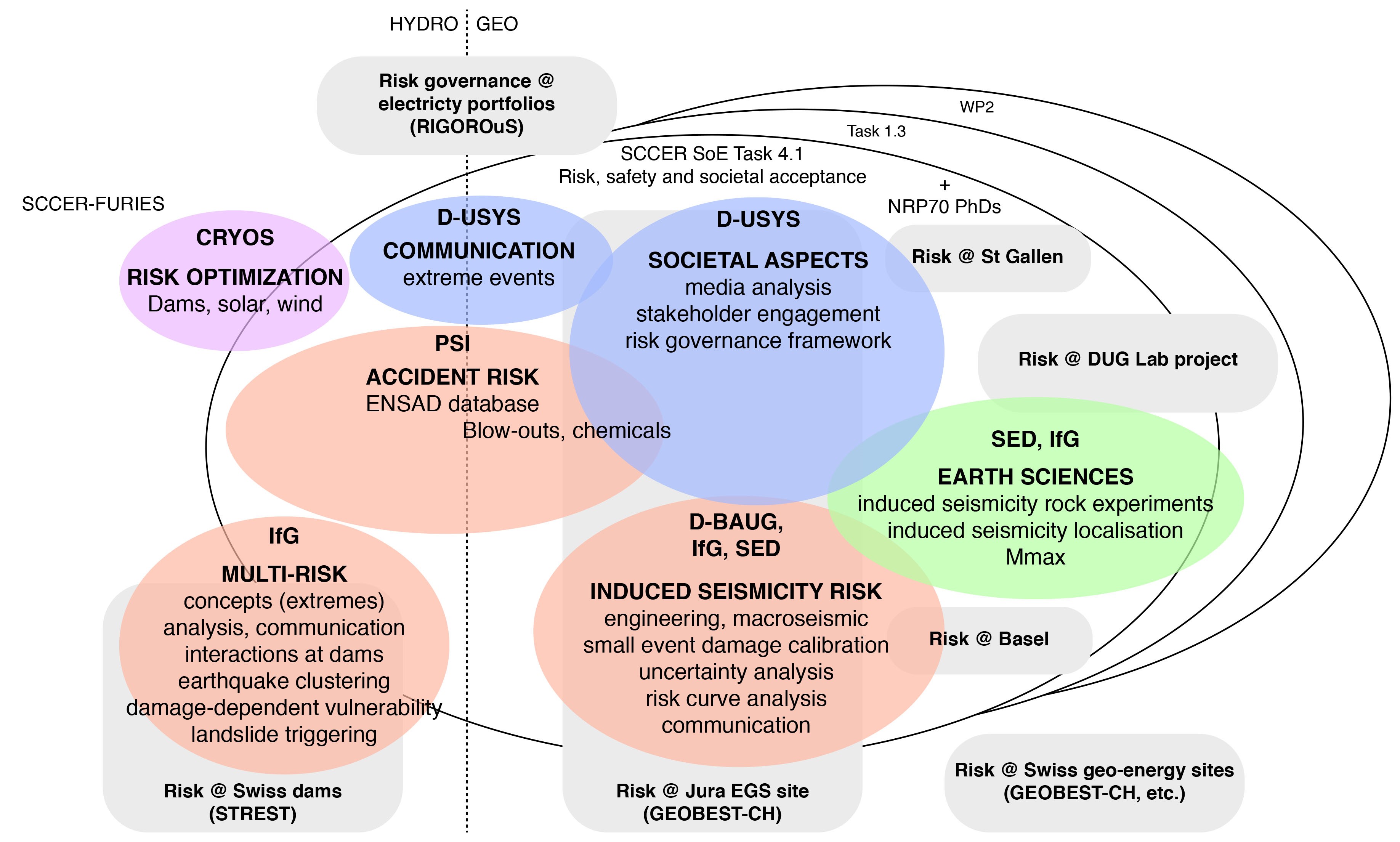This project is aimed at creating EGS reservoirs with sufficient permeability, fracture orientation and spacing for economic use of underground heat. The concepts are based on experience in previous projects, on scientific progress and developments in other fields, mainly the oil and gas sector. Recently developed stimulation methods will be adapted to geothermal needs, applied to new geothermal sites and prepared for the market uptake. Understanding of risks in each area (whether technological, in business processes, for particular business cases, or otherwise), risk ownership, and possible risk mitigation will be the scope of specific work packages. The DESTRESS concept takes into account the common and specific issues of different sites, representative for large parts of Europe, and will provide a generally applicable workflow for productivity enhancement measures. The main focus will be on stimulation treatments with minimized environmental hazard (“soft stimulation”), to enhance the reservoir in several geological settings covering granites, sandstones, and other rock types. It will include business cases including public debate. Industrial participation is particularly pronounced in DESTRESS, including large energy suppliers as well as SMEs in the process of developing their sites. |

